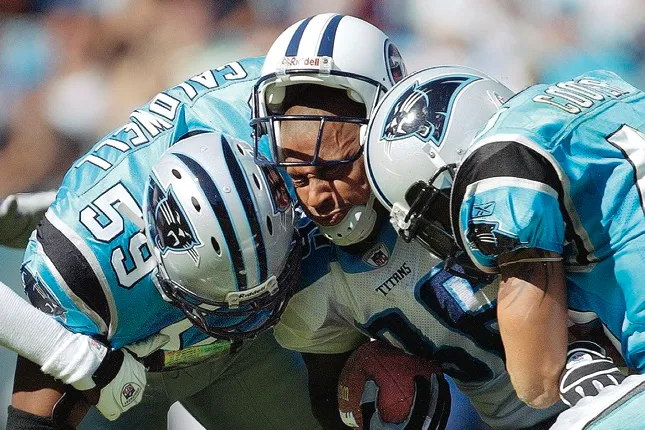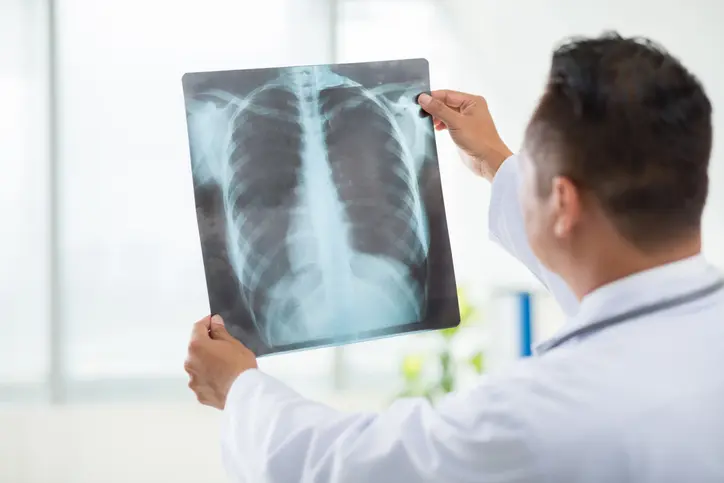Understanding Spinal Cord Injury

What Is a Spinal Cord Injury?
The spinal cord serves as the body’s lifeline, carrying messages from the brain to the body’s limbs and organs. This communication is broken by a spinal cord injury (SCI), which results in variable levels of function loss and disability.

The vertebral column protects the spinal cord, which controls vital processes like reflexes, movement, and feeling. These functions may alter temporarily or permanently as a result of injuries.
Types of Spinal Cord Injuries
- Complete vs. Incomplete Injuries: – Complete injuries result in total loss of motor and sensory function (paralysis) below the injury level, whereas incomplete injuries allow partial function (paresis).
- Traumatic vs. Non-Traumatic Injuries: – Traumatic injuries stem from external force, while non-traumatic injuries are caused by conditions like tumors or infections.
Most Common Causes of Spinal Cord Injury
Traumatic Events
Most spinal cord injuries result from sudden, forceful impacts that damage the spine.
- Motor Vehicle Accidents – These are the leading cause of traumatic spinal cord injuries, accounting for nearly half of all cases. Sudden jerks or crashes can compress or sever the spinal cord.
- Falls – Falls, especially among older adults, are a significant contributor to spinal cord injuries. Slipping from heights or tripping on uneven surfaces can lead to severe damage.
- Sports Injuries – High-impact sports like football, gymnastics, or diving can exert undue pressure on the spinal column, leading to traumatic injuries.

Non-Traumatic Factors
Spinal cord damage isn’t always caused by an external force; some cases arise from internal conditions.
- Tumors – Tumors can press against the spinal cord, disrupting its function.
- Infections – Conditions like meningitis or abscesses in the spinal area can inflame or destroy spinal cord tissues.
- Degenerative Conditions – Diseases like arthritis or osteoporosis weaken the spine, increasing vulnerability to injuries.
Symptoms and Immediate Effects
The symptoms of a spinal cord injury depend on the severity and location of the damage.
- Loss of Motor Function
- Paralysis, either partial or complete, is common. The injury’s location determines the affected body parts.
- Sensory Impairments
- Victims often lose the ability to feel touch, temperature, or pain below the injury site.
- Autonomic Dysfunction
- Issues like irregular blood pressure, breathing problems, or loss of bladder control can arise due to disrupted autonomic signals.
Diagnosing Spinal Cord Injury
Timely diagnosis is critical for effective treatment.
- X-Rays – Useful for identifying fractures or misalignments in the spine.
- MRI Scans – These detailed images reveal damage to soft tissues, like the spinal cord or ligaments.
- CT Scans – Ideal for detecting bone injuries and internal bleeding.

Surgical Interventions
Surgery may be necessary to remove bone fragments, repair herniated discs, or stabilize the spine. Additional therapies and non-surgical treatments include:
- Medications – Anti-inflammatory drugs and pain relievers help manage symptoms.
- Physical Therapy – Exercises improve mobility, strength, and coordination over time.
- Assistive Technologies – Wheelchairs, braces, and advanced communication devices empower patients to regain independence.
Long-Term Recovery and Rehabilitation
Recovery requires a multi-faceted approach tailored to the individual’s needs. Consider talking to a Case Management Company to assess all available options.
- Physical Therapy Goals -Focused on regaining strength, flexibility, and movement, physical therapy is vital for recovery.
- Psychological Support – Coping with an SCI involves mental resilience. Counseling and support groups can ease the emotional burden.
Conclusion
A spinal cord injury is a life-altering event, but with timely intervention, proper care, and emerging innovations, individuals can lead fulfilling lives. Awareness, prevention, and support networks are the backbone of resilience and recovery.
Learn more about how RCC can help; explore our benefit coordination and life care planning pages to see how we could help.
